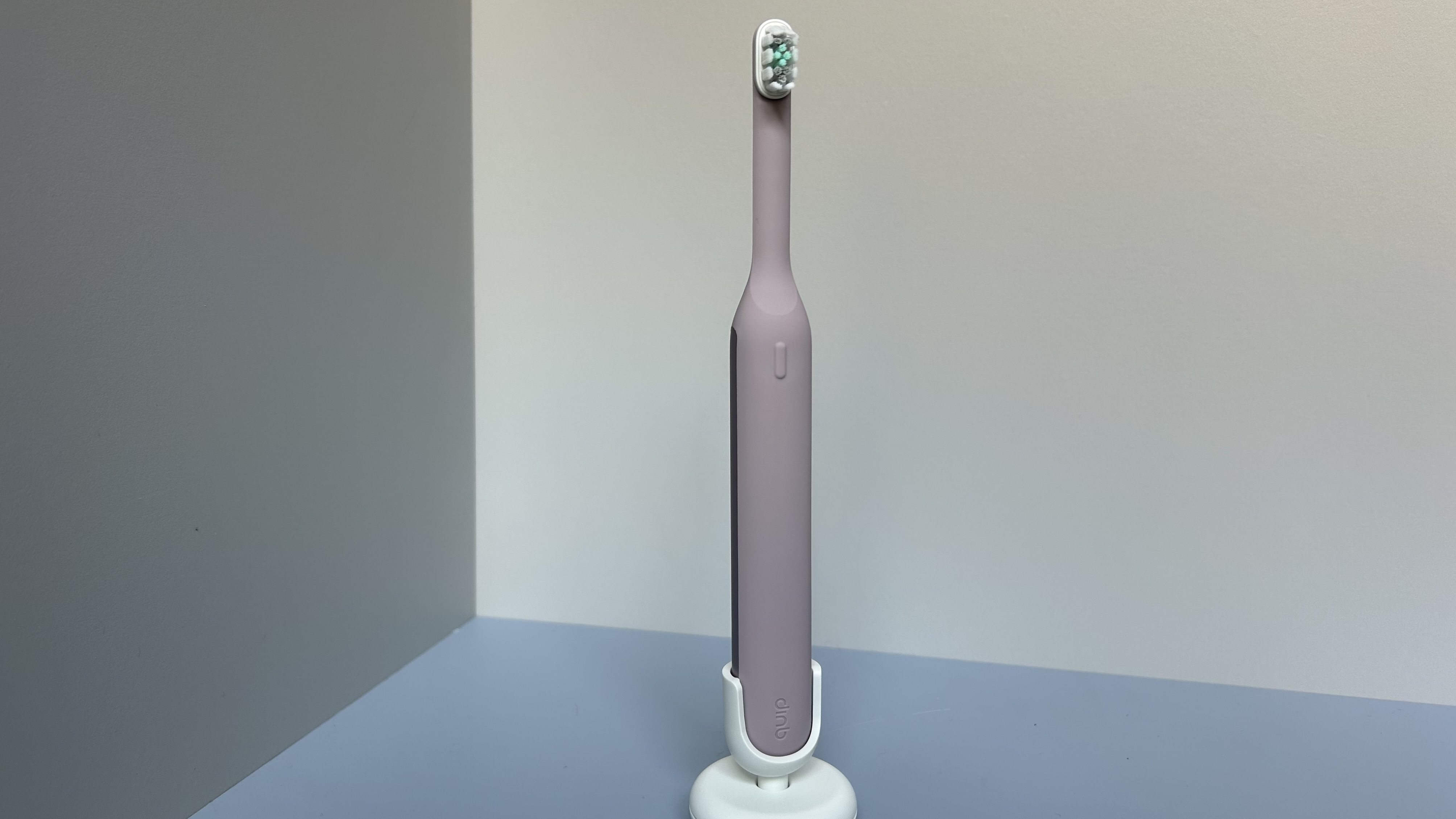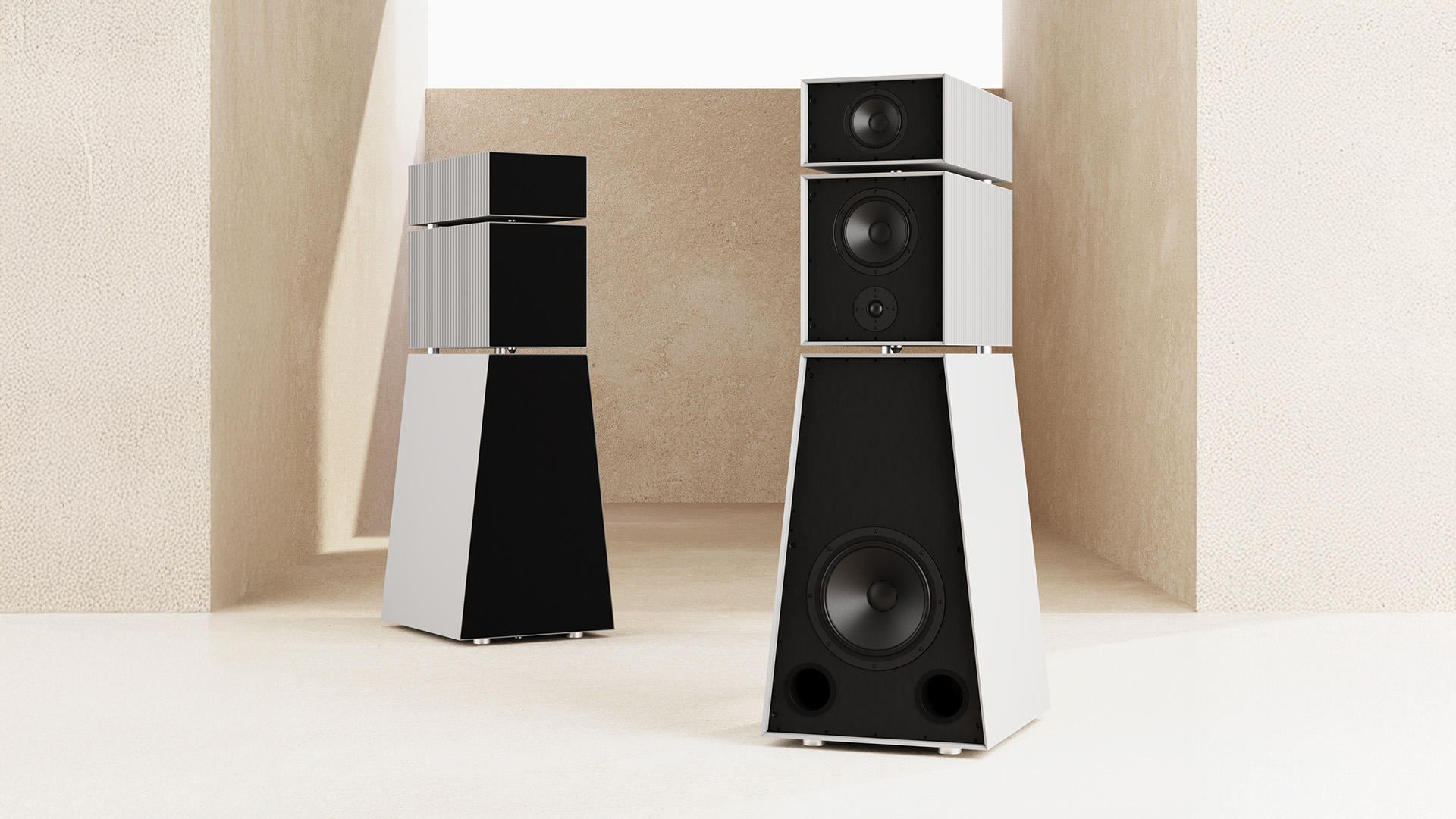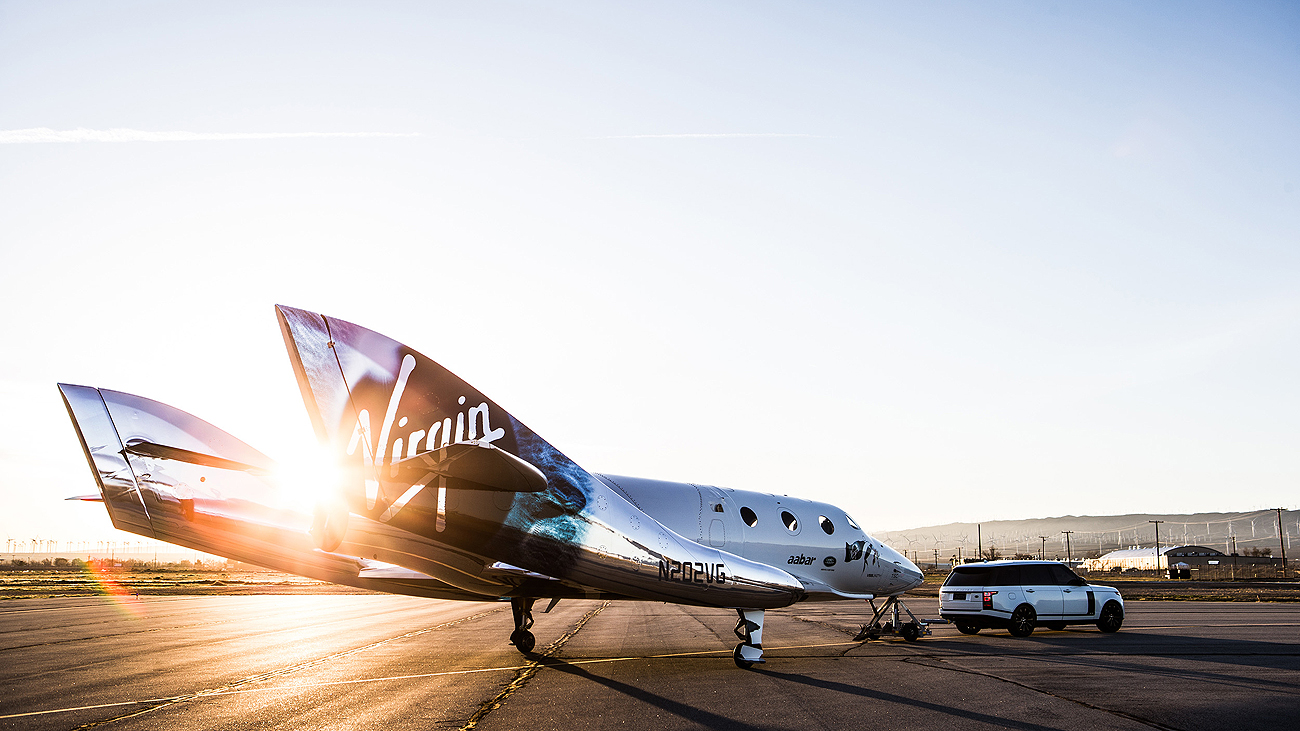

Every year for the past three decades, writers, literary fans, thinkers and celebrities flock to Wales for the annual Hay Festival - a week of talks, interviews, and panels set in the beautiful Welsh countryside.
This year, T3 were lucky enough to be hosted by Land Rover and Virgin Galactic's Steven Attenborough, who were talking at Hay about the future of commercial space travel.
Now, with such a fascinating job - Steven is Commercial Director of Virgin Galactic, and the company's first ever employee - he is probably the best dinner companion you can think of. Needless to say, we had a million questions for him.
This is everything we learnt over the weekend (although written in interview format, these are not direct quotes from Steven Attenborough):
1. How did Virgin Galactic start?
Virgin Galactic's story started with a competition back in 2003. The competition was held by Peter Diamandis, and called the Ansari X Prize.
The prize called for anyone in the world to submit a spaceship which is capable of reaching at least 100km above the Earth's atmosphere, carrying one person on board and the weight of two others, and most crucially, the ship must be brought down to Earth safely and flown again within 14 days.
Sign up to the T3 newsletter for smarter living straight to your inbox
Get all the latest news, reviews, deals and buying guides on gorgeous tech, home and active products from the T3 experts
Winners of the prize were to receive $10M.
Burt Rutan, an aerospace engineer, entered the competition, taking inspiration from the North American X-15 project, which used B-52 bombers to drop space vehicles at altitude back in the 1960's.
With this idea, he developed the SpaceShipOne and WhiteKnight carrier.
This is the video of Burt Rutan the Ansari X Prize in 2004:
Richard Branson and his new company, Virgin Galactic sponsored SapceShipOne's prize-winning flights, after which he licenced the technology and partnered with Rutan to develop SpaceShipTwo.
2. What stage is Virgin Galactic at now? and when is the first flight?
Virgin Galactic is still currently testing, but Stephen Attenborough expects to be in space next year. That blows my mind slightly.
Around 700 people have currently paid for their flight and are on the waiting list.
3. What will the flight be like for me?
Virgin Galactic's flights are not like traditional rocket launches. Instead of a vertical launch, you'll start your journey in the spaceship attached to a lightweight plane called the Virgin Mothership EVE (VMS EVE).
There are six seats, and everyone gets a window seat, obviously.
VMS EVE will take off a sunrise, and slowly climb to around 50,000 ft. At this point the spaceship detaches and the hybrid rocket will kick in, pushing 3.5 Gs.
You'll accelerate from 140 knots to the speed of sound in 6.5 seconds. The pilot will then pitch the nose up, and continue to accelerate vertically, going on to reach four times the sound of speed.
Outside the sky will change from blue, to purple to black, you'll be able to see this from the front windows, as well as the nine large windows on the side and roof of the ship. These are double the size of traditional aeroplane windows.
The spaceship will reach it's peak altitude, and remain in space for around six minutes. It'll be dead silent. During this peak, the seats will fold away, and you'll experience zero gravity, float around, and have your picture taken.
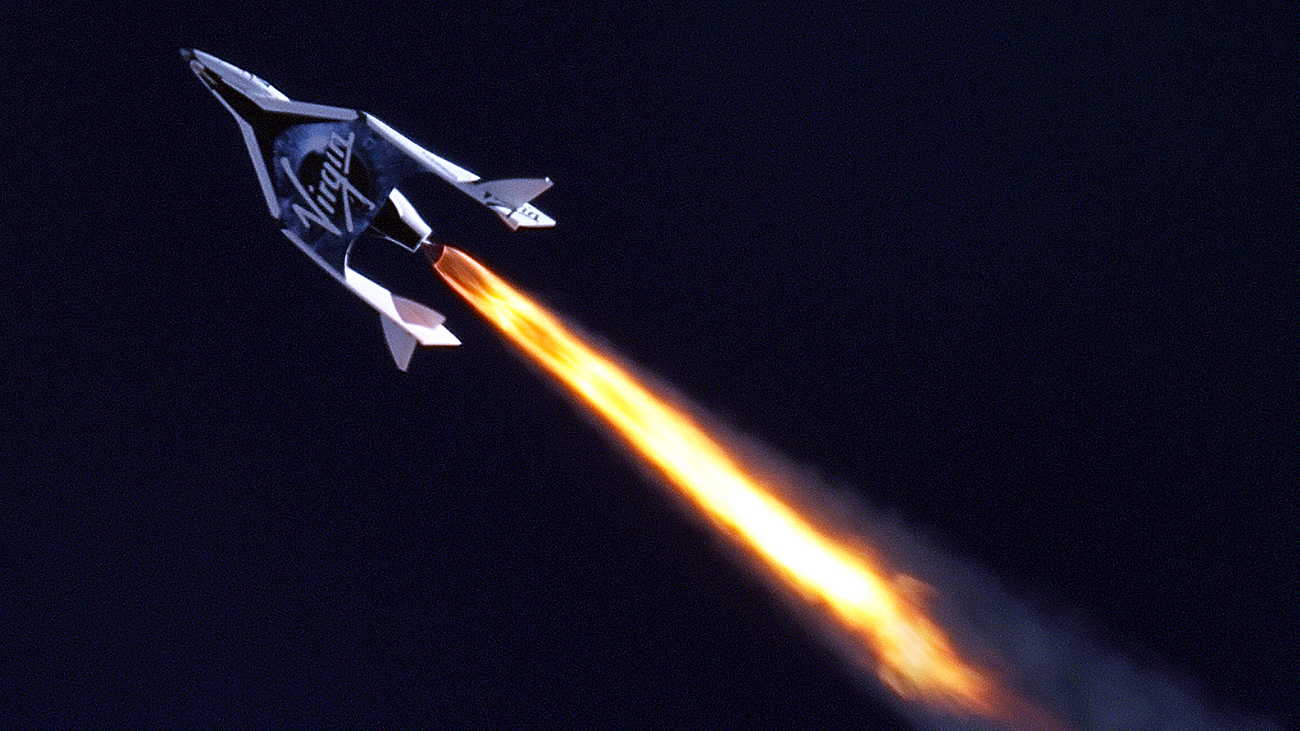
The feather mechanism will kick in, changing the shape of the ship, as it begins to glide back to Earth.
It then lands back in New Mexico like a regular plane. The whole flight takes around two hours.
4. Can I have sex in space?
The 62-mile high club? Weeeeell… it's not ruled out completely.
You'd have to buy all six seats on the flight (which would cost $1,500,000), and then somehow come to an arrangement with the pilots, as there's no divide between them and the passengers.
Worth a try though, right?
There will be NO space sex tape though, Richard Branson has already turned down $1M from an unnammed company which wanted to film an adult film aboard Virgin Galactic.
5. Do you see the whole planet?
No, but you do see a BIG chunk of it. Around 1000 miles in each direction and a clear curvature of the Earth.
The view is similar to the one from the ISS:
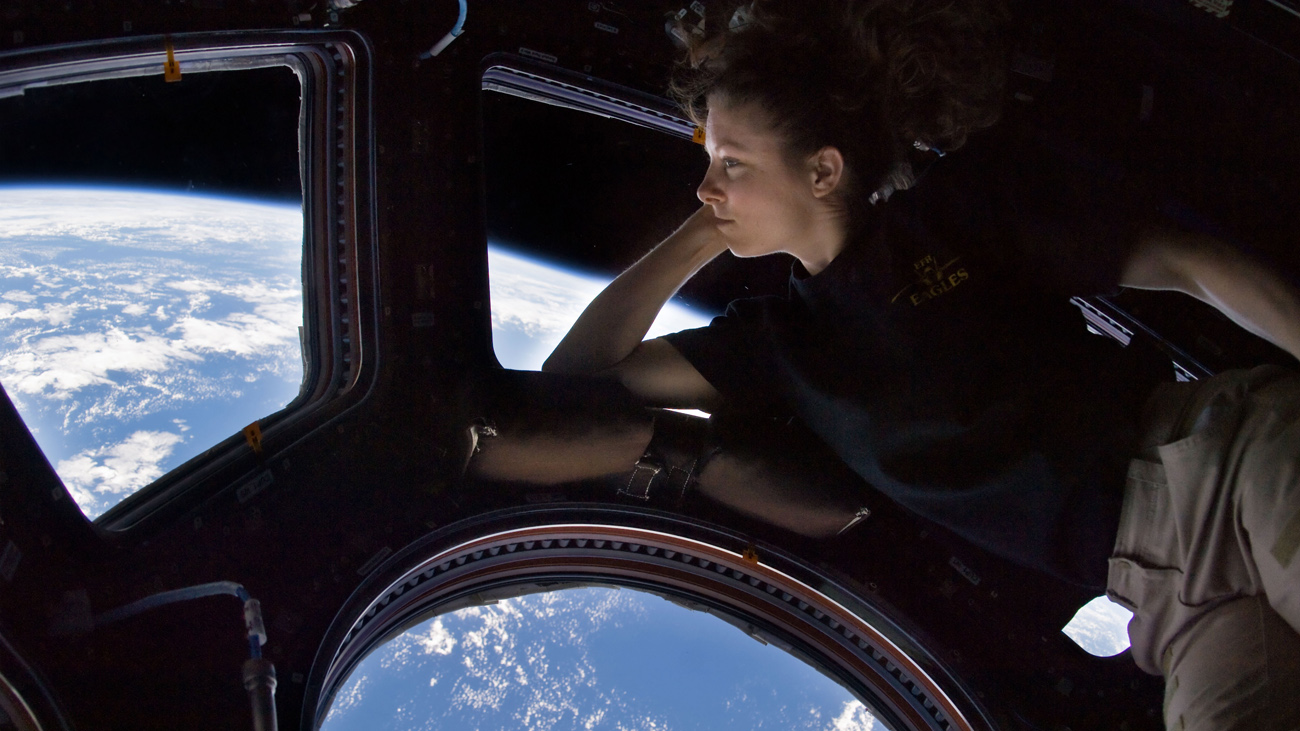
6. Where do you fly from?
Virgin Galactic's Spaceport is in New Mexico, America.
It's called Spaceport America, and the terminal hangar was designed by famous British architects, Foster + Partners.
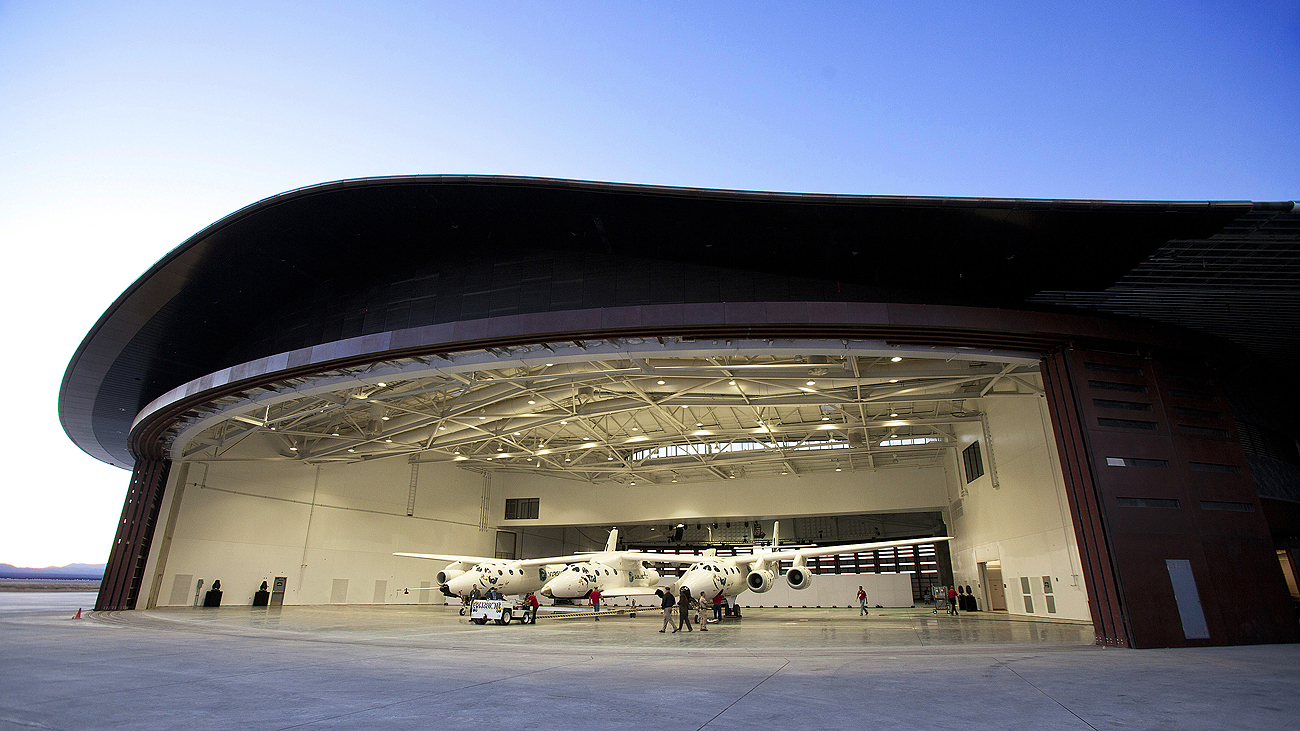
7. Is there a toilet?
No. This flight is only two hours long, so if you go before you leave, there shouldn't be a problem. If you think there might be an 'accident', adult nappies are an option.
8. Are there in-flight meals or drinks?
No, once again, as the flight is only two hours you won't be getting too hungry while up in space.
Virgin Galactic is toying with the idea of giving passengers a small vial of water and then allowing you to 'catch' the droplets in your mouth during zero gravity.
9. Are there any age limits or minimum fitness levels?
The Federal Aviation Administration (FAA) stipulates that a passenger must be at least 18 years of age. There's no upper limit.
As a general guideline, Virgin Galactic thinks you should be able to walk up a 'decent flight of stairs' with no problems.
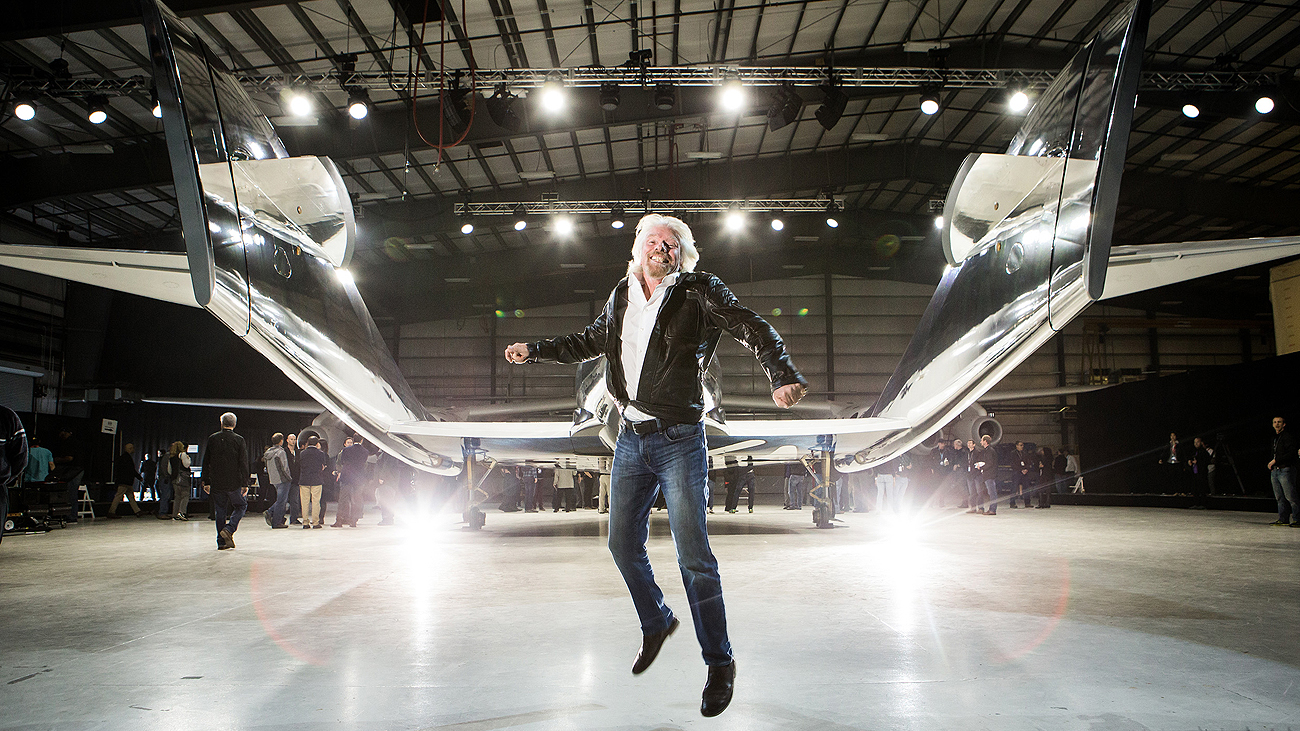
That's clearly quite a low barrier and means space is no longer only for the superhuman.
10. How much training is involved?
You arrive at the Spaceport four days before your flight, at which point you begin training.
You won't be lifting weights or running laps though, this training is designed to maximise your enjoyment of the flight.
You'll experience g-force, and undertake simulator work so you know exactly what to expect during your flight, allowing you to enjoy it more, rather than being absolutely terrified.
11. How much will a Virgin Galactic flight cost?
At the moment, it costs $250,000. That's clearly a lot of money and only accessible to the super rich (although one or two people have taken out mortgages to fund the flight).
Virgin Galactic expect this to come down over time, but by how much is another question.
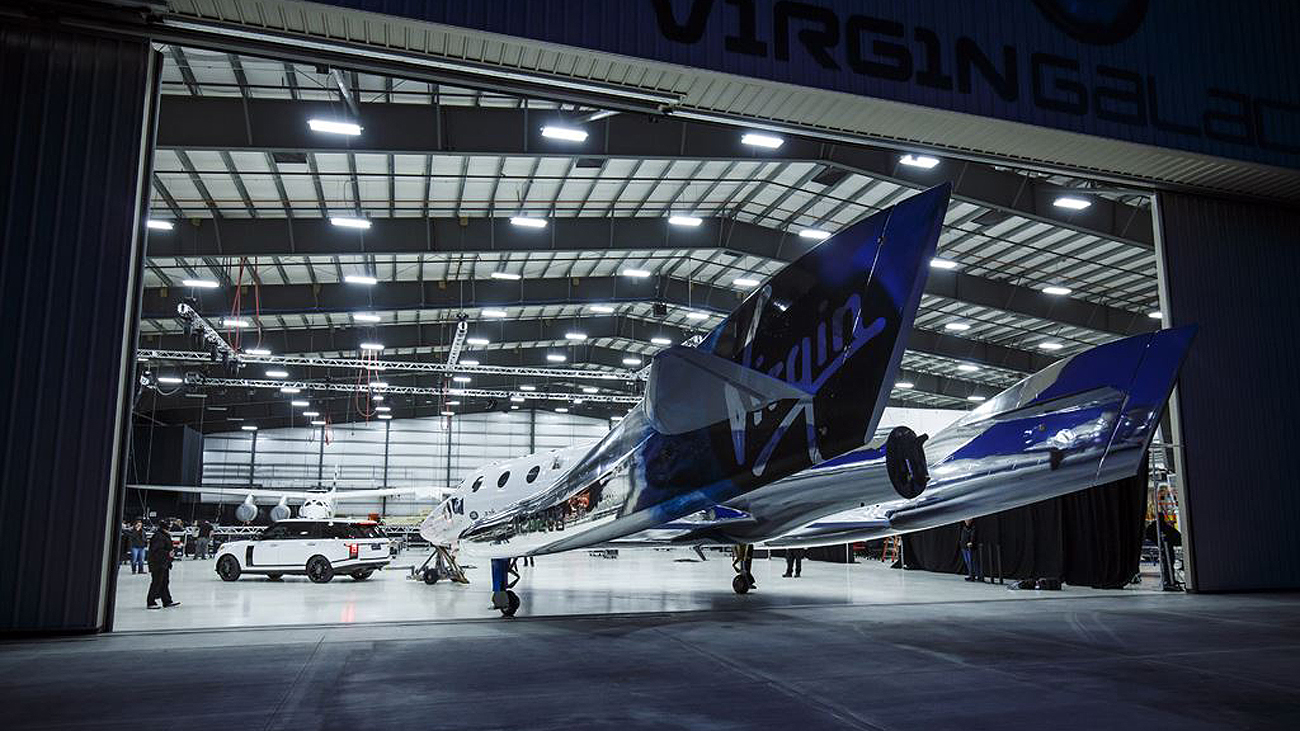
12. Has T3 managed to blag free ticket?
NO! Only ONE person is eligible for a free flight, and that's Professor Stephen Hawking. Celebrities and Royal Family have to pay, just like the rest of us.
13. What about that crash? How safe is it?
If it wasn't for the crash in November 2014, Stephen Attenborough thinks he would have been into space by now.
It was a tragic accident which resulted in the loss of a co-pilot, and was caused by unlocking the braking system too early.
A safety system has now been implemented, which means the feathering system can't be unlocked until the ship is travelling at the correct speed.
Is it 100-percent safe? Nothing is, but the flights are safer as a result of the crash. Rigorous testing is implemented to ensure they're as safe as can possibly be before paying customers start their flights.
Still, I wouldn't like to be the first.
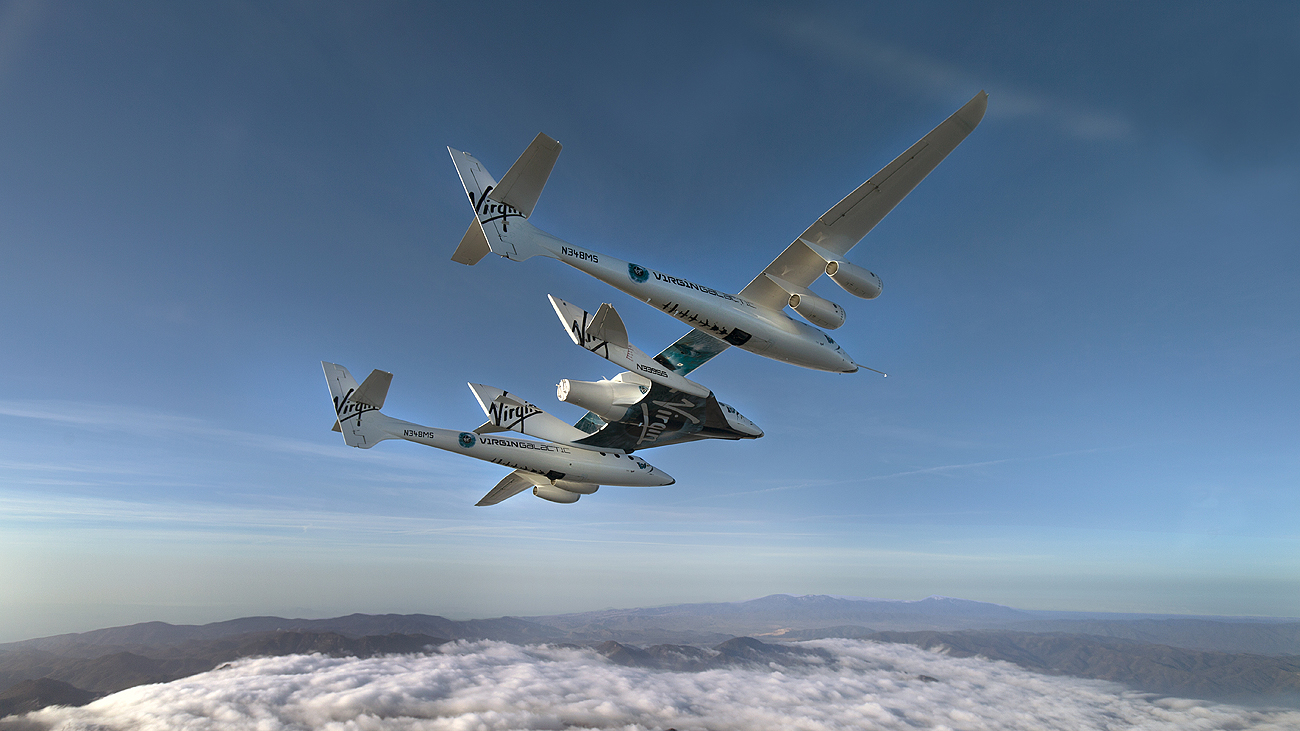
14. Can I take a selfie in space?
NO! Virgin Galactic don't want you wasting your precious time in space staring at an iPhone screen. That makes perfect sense to us.
Of course, that doesn't mean you won't have your picture taken in space. There will be a camera onboard, and you'll get images and video of your flight.
15. What will I wear in space?
You'll wear specially designed space suits from Y-3, the fashion brand created from a collaboration between the Japanese design guru Yohji Yamamoto and Adidas.
We think the space suits look great, and as the cabin will be pressurized, you won't need a helmet.
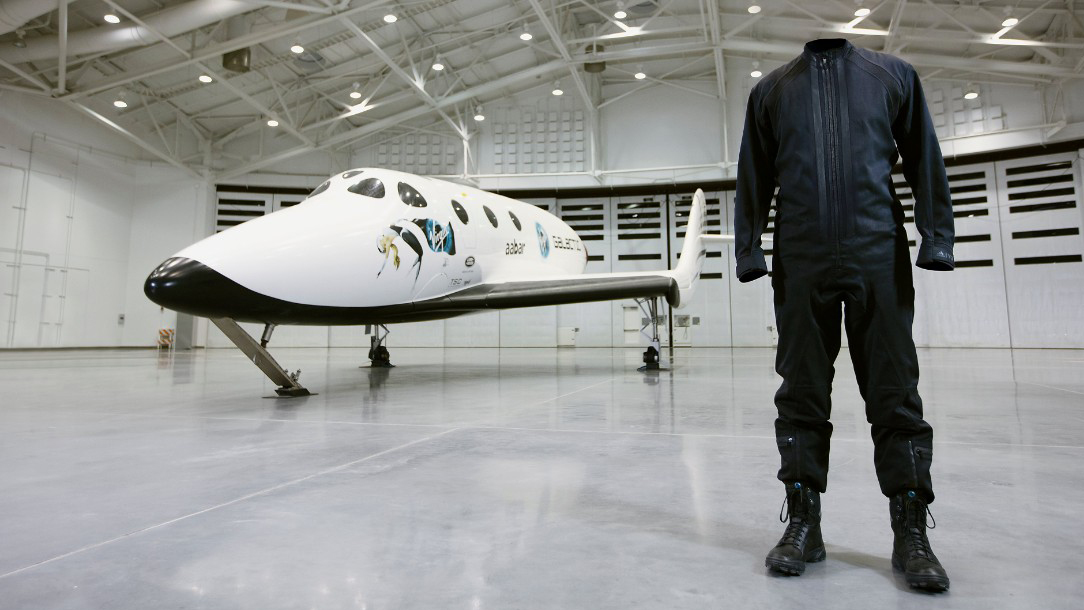
T3 has more infomation about the Virgin Galactic Y-3 spacesuit here.
16. What about the environmental impact?
Of course, space travel isn't going to be particularly green, but we were amazed to find out that you do more damage to the environment travelling to New Mexico than you do during the spaceflight.
Also, VMS EVE is built entirely out of carbon composite. It's the largest all carbon composite aeroplane in the world today, and that means it's also the most fuel efficient vehicle for its size.
That's great for Virgin Galactic because it's cheaper to run, but like Formula 1 - the technology they are developing will eventually filter into more commercial aircraft, which will lead to more efficient short haul and long haul flights.
17. Why is Land Rover involved?
Virgin Galactic is a pioneering British venture, and that fits perfectly with the Land Rover's key values.
Land Rover will provide vehicles for the operation, transporting both pilots and customers to and from the spaceship.
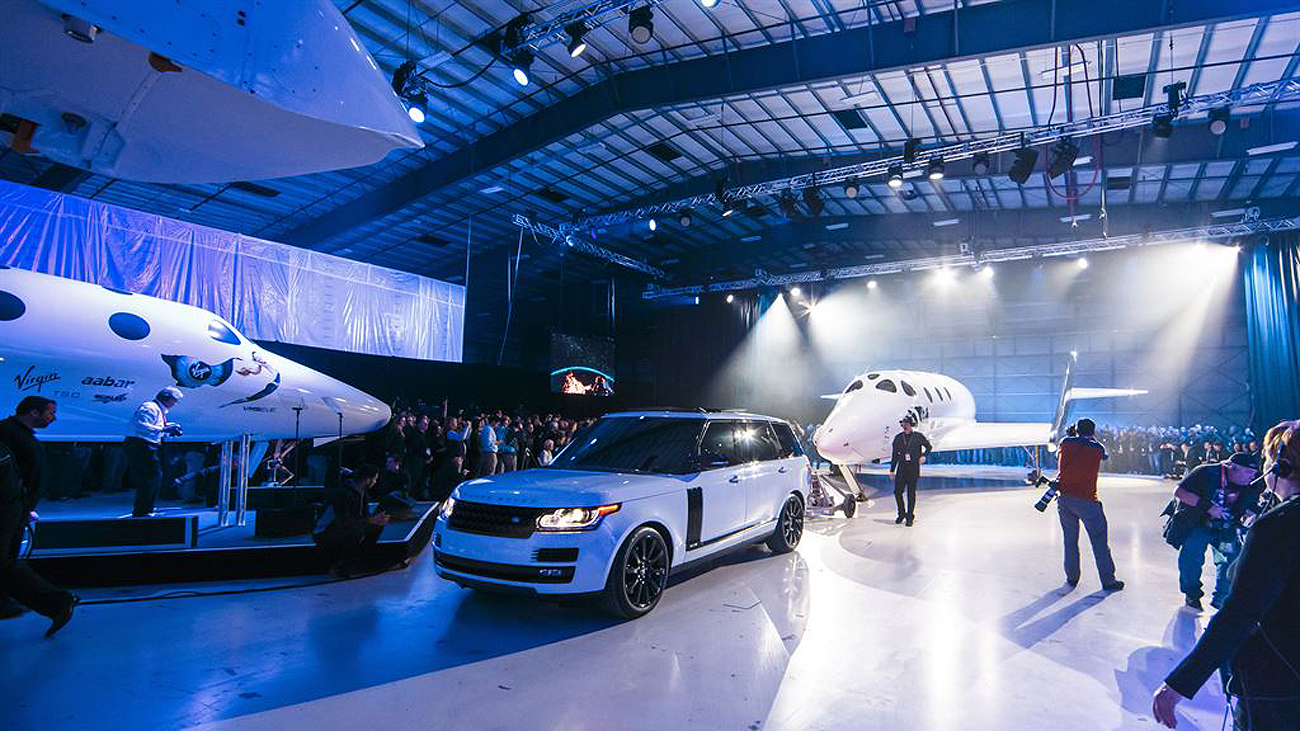
Jaguar Land Rover also want to inspire tomorrow's engineers and promote STEM subjects in school.
NOTHING is more inspiring than space.
18. Who has already signed up?
Tom Hanks, Ashton Kutcher, Katy Perry, Brad Pitt, Angelina Jolie have already signed up. According to Wikipedia.
19. What happens when I get back?
People who go up to space and see the world from a new perspective come back with a different relationship to the planet and cosmos.
It's usually a very positive change, so people recognise, even though they knew it previously, that a lot more unites us than divides us, and just how fragile the planet is.
When you land back on terra firma, you'll receive your Astronaut Wings patch, and get given a platform to help improve the planet. Spacebook, if you will.
20. What's next for space travel?
In the short term, Virgin Galactic are looking at several different ventures, there's a cargo business, which can deliver satellites into orbit, or scientific missions.
After we're passed the phase of quick, suborbital flights, much further in the future there could be a hotel in space, or even faster intercontinental travel - we're talking London to Sydney in two hours.
It's incredible to think of the developments which could come in your lifetime.
Finally, check out this amazing video:
Got any more questions to add? Let us know in the comments and we'll try to answer them!
Liked this?
- You'll love the best electric cars
- These are the best smartphones in 2016
- Want the best smartwatch to go with that phone?
- Get the latest on the iPhone 7

As the Style and Travel Editor at T3, Spencer covers everything from clothes to cars and watches to hotels. Everything that's cool, stylish, and interesting, basically. He's been a part of T3 for over seven years, and in that time covered every industry event known to man, from CES and MWC to the Geneva Motorshow and Baselworld. When he's driving up and down the country in search of the greatest driving roads, he can be found messing around on an electric scooter, playing with luxury watches, or testing the latest fragrances.
